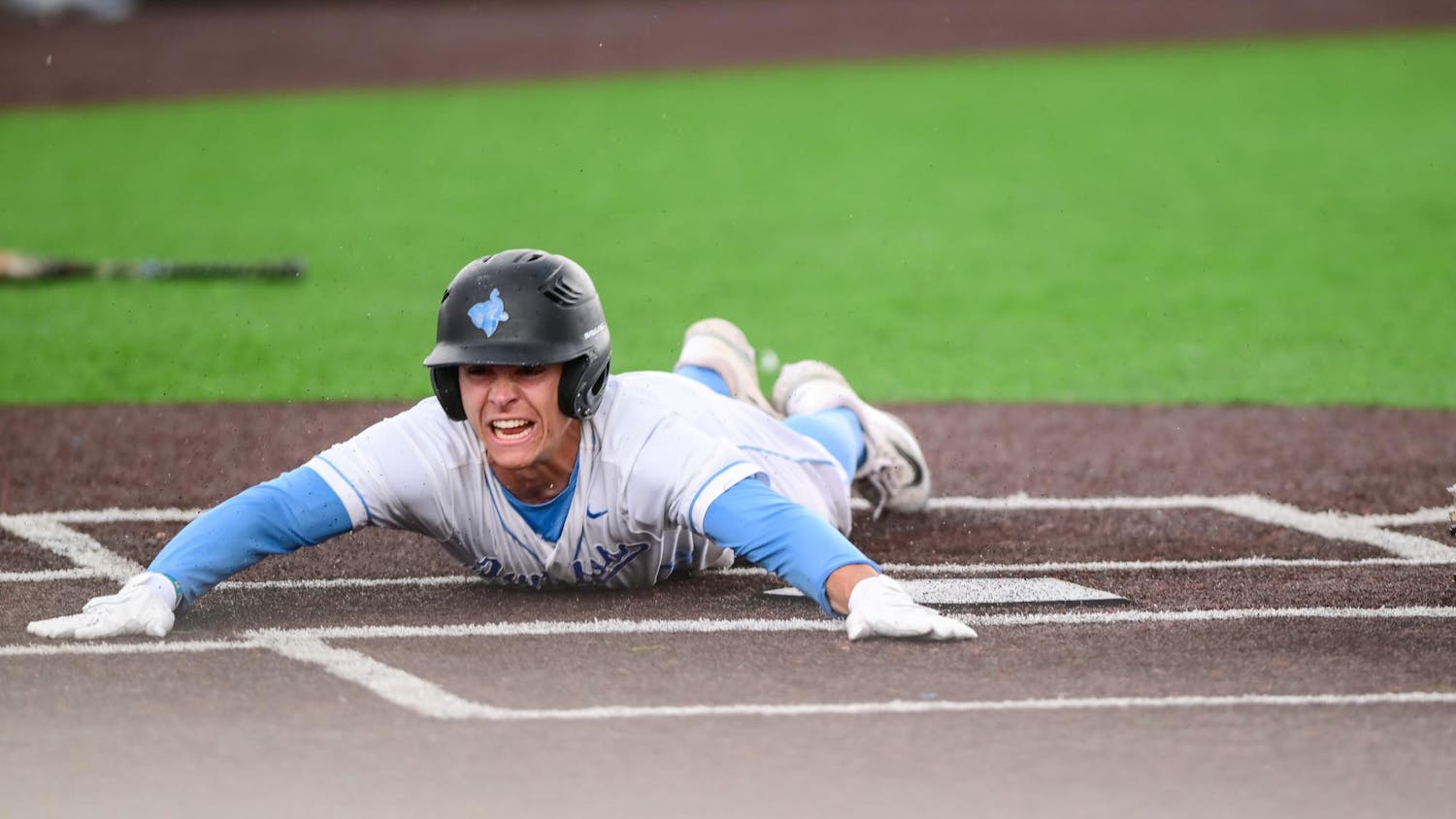One of the most prominent trends in sports broadcasting has been the introduction of ex-players as pundits. Former stars, like Charles Barkley and Shaq on TNT or Jamie Carragher and Gary Neville on Sky Sports, often offer valuable insights regarding the intricacies of the game and usually do a good job of capturing the player’s perspective. However, they also like to talk about how the game was tougher during their own heyday — in not just the physicality but also the quality. Such comments are usually received with a grain of salt, with many listeners simply attributing it to their egos. But when former Manchester United captain Roy Keane discussed the best central midfielders in today’s game compared to those during his prime, the gulf in class was more than apparent.
Throughout most of the 2000s, we were blessed with an extraordinary number of talented midfielders. In England, there was Frank Lampard, Steven Gerrard and Paul Scholes — part of England’s golden generation that never managed to live up to expectations. In Spain, Xavi and Iniesta ran the table, while Andrea Pirlo set the standard in Italy. These were all undoubtedly world-class players who plied their trade in the center of the park. But when asked about today’s game, Keane struggled to come up with names.
Take last year’s FIFA Best XI, which featured 21-year old Frenkie de Jong and an aging Luka Modric from Real Madrid as the two best central midfielders. For all de Jong’s impressive play for Ajax last season, he has struggled since moving to Barcelona. Meanwhile, Modric’s inclusion in the XI had more to do with his reputation than his play for a Real Madrid side that has failed to cope without Cristiano Ronaldo.
Kevin de Bruyne is the one man that stands out as being truly world-class, but as Keane mentioned on Sky, he isn’t really a traditional central midfielder as he plays a bit further forward in a hybrid No. 8/No. 10 role. After years of brilliant players in the center of the park, it’s fascinating to see the drop off in caliber of players in that position over the last few years. Players like Toni Kroos and Modric enjoyed brief spells of dominance in the position, but no one has been able to sustain a high level of play since the days of Xavi and Iniesta.
Today, with the dearth of well-rounded midfielders, the attacking and defensive responsibilities previously placed on the shoulders of the two or three in the center of the park has diminished, while other players take on a heavier load. Last year’s Champions League winner, Liverpool, for example, started a midfield trio of Fabinho, Wijnaldum and Henderson. It’s hard to imagine any of them starting for an elite club back in the 2000s, but Liverpool was able to thrive because of the play of its fullbacks, Andy Robertson and Trent Alexander-Arnold. Xavi and Iniesta proved how deadly the world-class partnership can be, and while Barcelona is trying to recreate that formidable duo with Arthur and de Jong, we are still waiting for the next world-class central midfielder to emerge.
More from The Tufts Daily





